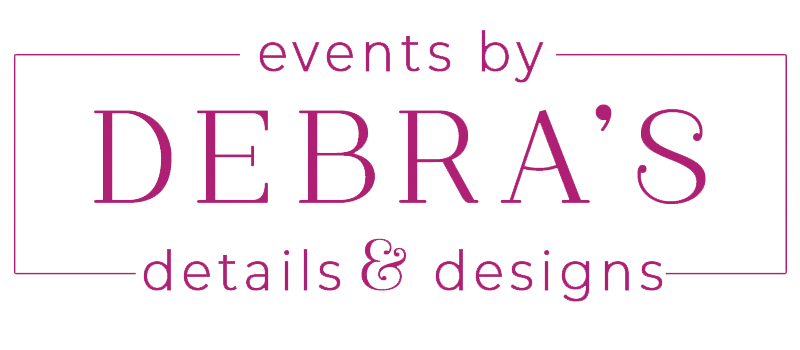Mastering the Art of Crafting Invitations that Dazzle
Anyone who has thrown a special soiree knows the importance of the invitation. It is the gateway to the event, setting the tone and building anticipation for what lies ahead. From weddings and birthdays to corporate gatherings, a well-crafted invitation can make a significant impact.
However, with the multitude of options and etiquette considerations, it's common to have questions. In this guide, we will address some of the most pressing invitation questions to help you navigate the world of event invites with confidence.
1. What information should be included in an invitation?
An effective invitation should contain essential details such as the event's purpose, date, time, and location. Additionally, consider including RSVP instructions, dress code (if applicable), and any special requests like dietary preferences.
2. When should invitations be sent out?
The timing of your invitations is crucial. For formal events like weddings, send out invitations 6-8 weeks in advance. Smaller gatherings might only require 3-4 weeks' notice. For save-the-dates, aim for 6-12 months ahead of time, especially for destination events.
3. How do I communicate dress code expectations?
Clearly communicate the dress code on the invitation. Terms like "Black Tie," "Cocktail Attire," or "Casual Chic" provide guests with a clear idea of what to wear. You can also include a brief description to avoid any confusion.
4. Should I use digital or traditional paper invitations?
The choice between digital and paper invitations depends on the event's formality and your target audience. Paper invitations lend an elegant touch to formal events, while digital invitations are eco-friendly and convenient for casual gatherings.
5. Can I send invitations via social media?
While digital platforms are convenient, formal events are better suited for traditional invitations. For casual events, social media invites can work well, but ensure all necessary details are provided.
6. How do I handle plus-ones?
When addressing invitations, if you are allowing a plus-one for your single guests, include "and Guest" on the envelope. If you're not offering plus-ones, address the invitation solely to the intended guest.
7. What is the etiquette of including children?
For events with specific age groups, you can mention "Adults Only" on the invitation. If children are welcome, consider adding their names to the invitation or providing a note specifying their inclusion.
8. How can I politely indicate a no-gifts request?
If you'd prefer guests not bring gifts, phrase your request with care. Express your desire for their presence over presents or mention that their presence is the greatest gift.
9. Can I get creative with designs?
Certainly! Your invitation design serves as a reflection of the event's unique personality. Whether you're aiming for a touch of understated sophistication or a burst of vibrant hues, the design itself establishes the initial ambiance. Additionally, contemplate integrating elements that seamlessly align with the event's theme or purpose. For instance, an invitation to a masquerade ball could adopt the shape of a mask, while a beach wedding's invitation might artfully weave in coastal motifs to echo the surroundings.
10. Should I use calligraphy or printed fonts?
Calligraphy adds a touch of elegance, while printed fonts offer clarity. Your choice depends on the event's formality and your personal preference. Some invitations combine both, using calligraphy for names and printed fonts for other details. Just ensure that the text remains legible and easy to read.
11. How do I handle RSVPs?
Clearly outline methods for RSVPing, encompassing options like traditional mail (don't forget to enclose a stamped pre-addressed response envelope), email, phone contact, or a designated RSVP website. Ensure that each avenue is user-friendly and straightforward to navigate. In addition, establish a sensible timeframe, ideally around 7 days preceding the deadline for submitting seating and catering figures. Lastly, gently remind guests who have overlooked the response deadline.
12. What if I need to make changes after sending invitations?
Mistakes happen. If changes are necessary, promptly inform guests through a follow-up message or call. For minor changes, like adjustments to the schedule, you can address them discreetly at the event itself.
Invitations serve as the prelude to your event's story. By addressing these common questions, you'll be well-equipped to create invitations that not only inform but also leave a lasting impression. Remember, personalization and clear communication are key to ensuring your guests are excited and prepared to join in your special occasion.
Nevertheless, if you find yourself still perplexed and uncertain, don't hesitate to involve your amiable event planner😊.













